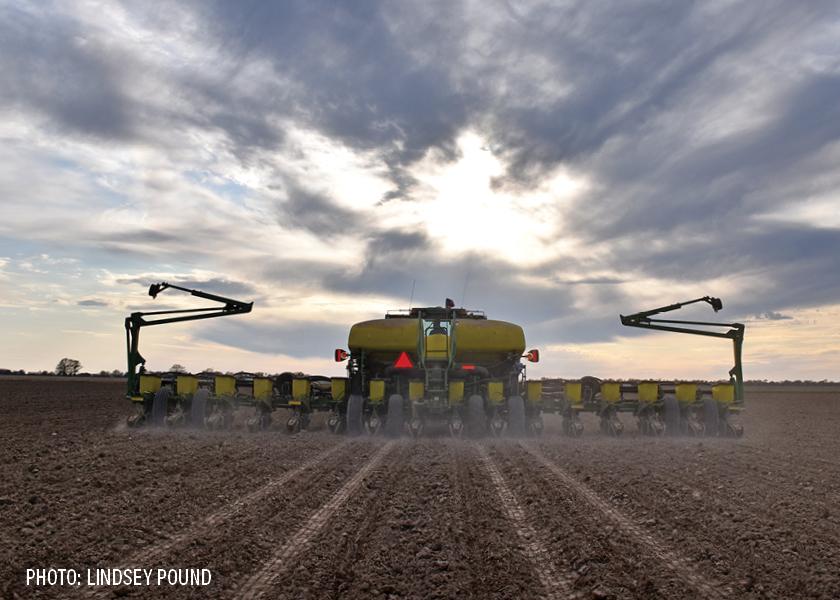Planted Vs. Base Acre Debate Resurfaces in Farm Bill Discussion

Here we go again. Some farmers and at least one farm-state lawmaker want to move back to payments based on planted and not base acres.
While some say the change would be a stealth way of getting more payments, others say it is not the case as noted below. Meanwhile, it would raise big red flags relative to well expected WTO challenges, however long they take to unfold.
Any such move would resurrect ideas that U.S. farm program payments distort plantings for some crops, an argument that led to the switch to base acres in the first place. It would boost Title 1 forecast payments in the coming farm bill debate, at least for some crops.
Planted vs Base Acres
One analyst notes: “It wouldn’t necessarily give some farmers more payments. It may give them less. If you move a wheat-based farm to a soy-based farm, for example, you move the producer further not closer to a payment because there is a greater divide between soy market prices and reference prices. And it isn’t just one crop or region that gains or loses. There are winners and losers within each county, state, and crop.”
Also, according to a contact: “This is all budget driven. They are seeking to save money here to spend there. They should follow the soy letter and just seek funding rather than open up that can of worms.”







